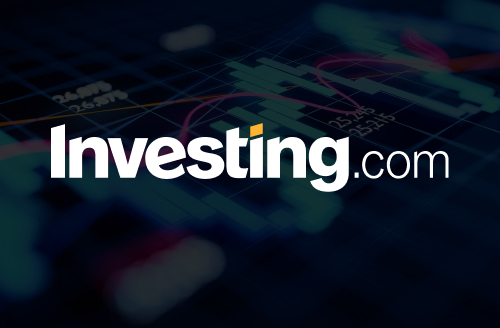Copyright Investing.com

Pfizer’s (NYSE: ) third quarter update underscores a shifting investment regime in global healthcare. Covid revenue is easing faster than legacy drug profitability improves, which forces capital to reprice near term earnings visibility while reassessing long term optionality in obesity and specialty therapies. Markets reacted to the company’s ability to out-earn lowered expectations, but the path forward hinges on execution in pipeline expansion and legal positioning in the obesity race, now a core driver of biopharma beta. Pfizer reported net income of 3.54 billion dollars, equal to 62 cents a share, compared with 4.47 billion dollars or 78 cents a share a year ago. Adjusted earnings were 87 cents a share, beating analyst expectations near 63 cents. Revenue slipped to 16.65 billion dollars from 17.7 billion dollars, reflecting continued normalisation of Covid-era demand. Comirnaty and Paxlovid volumes remain under pressure as infection rates fall and vaccine recommendations narrow. The company lifted its full year adjusted earnings forecast to a range of 3 to 3.15 dollars a share from 2.90 to 3.10 dollars, while maintaining sales guidance between 61 and 64 billion dollars. The strategic focus has shifted. With Covid demand collapsing from pandemic peaks, Pfizer is pivoting to secular growth themes, particularly obesity therapies. It agreed in September to acquire Metsera for up to 7.3 billion dollars to reinforce its weight-loss pipeline. That deal is now contested after Novo Nordisk tabled a competing bid near 9 billion dollars, prompting legal action by Pfizer. The legal fight highlights the sector’s urgency. Obesity drugs have emerged as one of the most valuable commercial frontiers in global pharma, shaping market leadership and capital allocation across the industry. The company’s separate September arrangement with the United States government, exchanging discounted drugs for a three year tariff exemption, signals political alignment in a healthcare environment where drug pricing remains a policy focal point. Equities took the update positively. Pfizer shares initially traded higher by almost 2 percent intraday as investors rewarded the earnings beat and higher guidance. Broader healthcare benchmarks moved modestly, with the up roughly 0.4 percent, reflecting a shift toward defensive quality amid macro uncertainty. Options pricing showed implied volatility narrowing by nearly 30 basis points around the announcement, consistent with reduced near term downside tail risk. Rates markets barely budged on the news. held near prior levels while the moved less than 2 basis points, keeping the curve shape largely unchanged. The muted response shows investors see company-specific dynamics rather than macro impulse. In foreign exchange, the dollar basket held near recent highs, limiting any valuation tailwind for exporters. Commodities saw little spillover. slipped roughly 0.6 percent to trade near the mid 80s dollars a barrel as supply concerns eased, and drifted lower by nearly 5 dollars an ounce with real yields holding firm. The base case is controlled normalization. Pfizer stabilizes core earnings around its updated guidance, integrates pipeline opportunities, and gradually earns back market multiple expansion as obesity assets advance. Confirmation could come through regulatory milestones, clinical data in obesity programs, and clarity on the Metsera acquisition in the coming weeks. Expect near-term volatility around legal developments, while medium-term price action will hinge on 2025 guidance and capital allocation at year-end commentary. The alternative case is more turbulent. A prolonged legal battle or weaker-than-expected obesity drug development could compress valuation and keep shares range-bound. Macro risks also lurk. A sharp move in real yields or renewed political scrutiny on drug prices could pressure sentiment. Watch U.S. prints and Federal Reserve communication over the next month, as a stronger and tighter financial conditions would weigh on large-cap pharma relative to higher beta biotech. For portfolios, Pfizer offers a steady earnings floor and strategic upside in one of the biggest growth markets in global healthcare. A core position suits investors seeking defensive earnings with optionality. The main risk is execution in obesity and continued erosion in Covid revenue. I would reassess if clinical setbacks mount or if regulatory momentum in weight-loss programs stalls. In the current environment, gradual accumulation on weakness remains justified for long-horizon capital seeking a blend of stability and innovation exposure.



